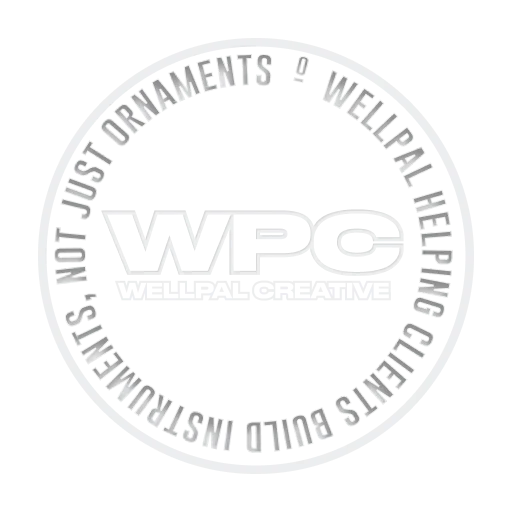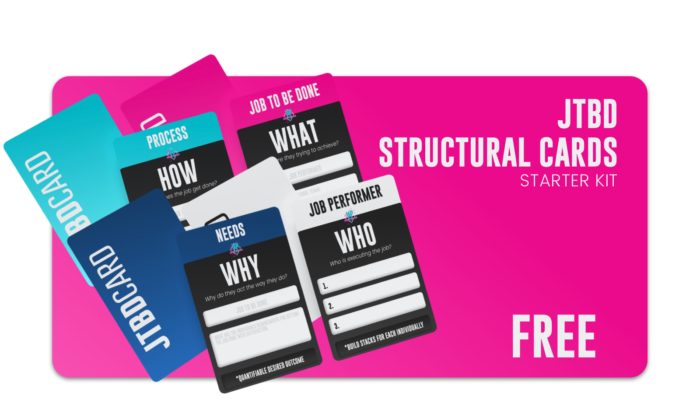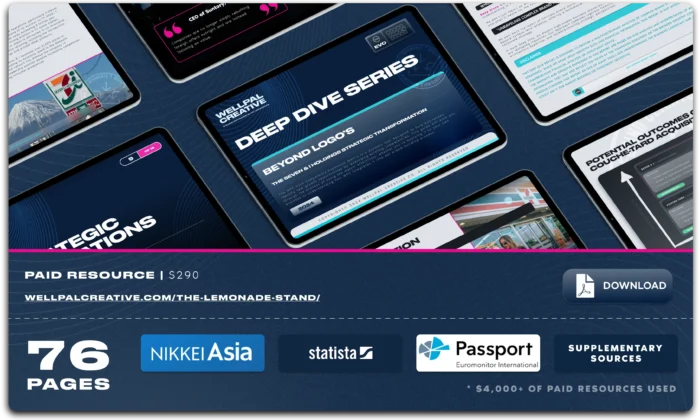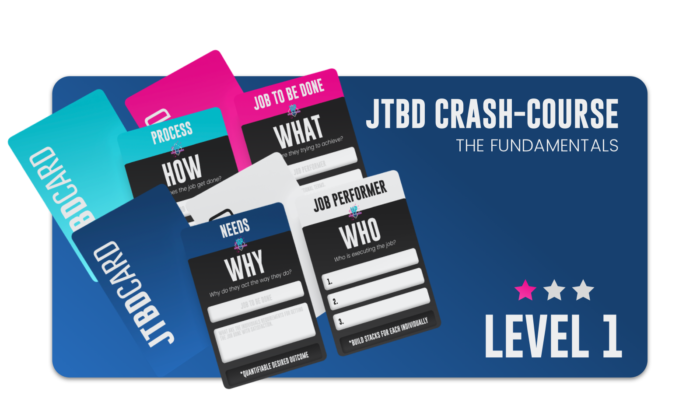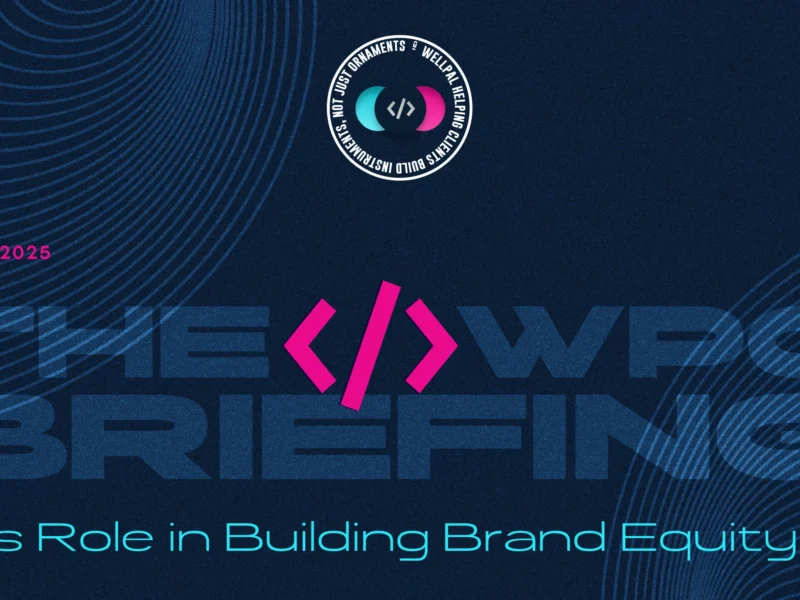COPYRIGHT © 2025 WELLPAL CREATIVE


“Build Instruments. Not Ornaments”
Featured
-
WellPal JTBD Kit
$0.00 -
Couche-Tard Acquisition Strategy - Deep Dive Report
$290.00Original price was: $290.00.$200.00Current price is: $200.00. -
JTBD Fundamentals
$200.00
Recent Lemon Seeds
Copyright © 2025|2026 WellPal Creative
What's the reality of it?
Exploring the merging of digital and actual lives, this post prompts reflection on 'reality' directions and brand strategies.
The case.
Nowadays we enjoy a version of the internet that has evolved to the point where our digital lives and actual lives have almost reached a merger. We can find love online, we can instantly cater to our immediate needs, but we can also lose it all in a fraction of time.
The internet is a living organism to some extent and it will continue to grow and evolve.
In this Lemon Seed we take a dip into the different directions of “reality” it can take us and you can assess for yourself where your brand strategy needs or desires to go.
Context:
These days the go-to buzzword to get people hyped and thinking that brands are being innovative is “metaverse”.
Now I would write another article hyping up this trend and how it will change the future of business and brand and the world etc and how it’s a trillion-dollar market, bla bla bla.
But no, I don’t want to nor do you need to read another one like that. This is not an insight into the metaverse or speculation into what it could be as that is just that at this point “speculation”.
This is just to dive a little more under the surface and explore some of the realities and their technology that we already encounter and how these compounded over time will shape the “metaverse” in my opinion.
Without clear understanding or definition of the thing you’re trying to build or parttake in it becomes problamatic to build and design solutions that can be realized – My take on doing the foundational work first.
What I do want to shed some light on are some of the findings I collected when trying to understand “why” this has big potential and how much of it is already part of our world and how far away we are from this “metaverse hyped version” brands are “building”.
This is not to be skeptical, as I do personally believe the technology will shape brands in ways we cannot even imagine yet (but that’s another story). But it is the realist in me that needs to understand what is actually possible and what is not at this moment in time. So we can make better predictions for the future.
That said,… let’s dive right in.

First things first:
Metaverse, blockchain, NFT, virtual reality, and augmented reality DO NOT have to be simultaneously compounded solutions.
Meaning, a metaverse is a state of reality and it can exist with or without blockchain technology.
The use of NFTs does not NEED to be interconnected with the metaverse either.
Brands can build innovative solutions and strategies without utilizing all the “hype” in one go.
Types of reality technologies
Over the past decades, technology has gone through impressive evolution stages.
It has also ushered in new opportunities for enhancing design, planning, education, experiences, and much more.
The current state of technological evolution can be characterized by techniques combining virtual and real space and time.
Many different realities have emerged some adopted some haven’t really lived up to their potential yet, but all with the task of replacing or merging our physical world with the virtual world.
Now we can argue if this evolution is necessary, ethical, and safe, but that will be endless.
In my opinion “reality” is also a fluent state and as our environmental state evolves through technology, so does our reality.

Above you can see a visual breakdown of the main categories of reality tech and the mixed realities in between. This will be our guide through the rest of the content.
Virtual reality (VR)
Virtual reality and augmented reality are surely 2 of the most popular and disruptive technologies to date, so I’ll cover those in a little more detail.
Virtual reality (VR) and its visualization technology (think headset) create what we as users experience as the virtual environment (VE).
The visualization technology state fo development is key to the quality output (experience, look, …) of the VE.
Now this VE is what we have now marketed as “metaverse”. Each brand will hype it up to its own identity and capabilities, but at the end of the day it’s simply a VE and it can take any shape or form the imagination (and processing power) wants.
In most use cases, VE is a digital recreation of real life. The metaverse you are (now) being introduced to is just that but with fictional recreation as well.
Think “The Sims” or the more evolved one, “Second Life”. Of which the latter is in many ways the foundation of what we perceive the metaverse to today.
The difference now is that YOU can actually be the first person (leading character – avatar) in that world (from your pov) and participate to a certain extent (limits of processing power, technology, graphics, legislation, and engineering).
The interaction in the VE is real-time with other real people and brands instead of with NPC’s (non-playing characters).
VR’s key characteristics
It creates its own reality and sense of “time” which is completely computer generated and driven.
The real reality and VR continuum.
Enter: Mixed realities (MR)
They are a more expansive form of VR to some extent in which computer-generated content and real reality blend or mix. They anchor virtual elements to the real world and vice versa.
Think: some of RTFKT’s “solutions”.
With MR you pretty much break the barriers between real and virtual in one immersive experience, by manipulating both physical and virtual elements and environments. – the vR continuum
Major Types of mixed realities:
- Augmented reality (MR that starts with real reality and virtual objects are then overlaid onto the virtual world)
- Augmented virtuality (MR which starts with the virtual world and that content then gets anchored into the real reality).
By their names, you might already be able to imagine, that their method of augmentation is the distinguishing factor.
Augmented reality
The second most popular type of reality. This one is pretty much a reality in which virtual elements are augmented (added) to the physical real world.
What AR and VR have in common is that they both try to alter our perception of the “real reality”. Where they differ in the perception of time in some sort and their immersion rate.
It is very useful in settings where you want to preserve the real physical world/environment as a core aspect of the experience while receiving additional (computer-generated) graphics or models to aid/enhance it.
Think of the most famous commercially accepted example; Pokémon Go.
The technology is more widely adopted in the gaming sector however it has also aided innovative solutions in medicine, urban planning, and education.
Think of Apple’s AR functionality on their OS systems.
AR’s key characteristics
It enhances experiences by adding virtual components (digital graphics, images, …) as a new additional layer of interaction with the “real reality.”
Augmented virtuality
While augmented reality occurs in real reality, augmented virtuality occurs in the virtual environment.
It is the real-time, real-state augmentation of real reality objects and states into the VE.
Think of the pit crew of an F1 driver being able to augment the real-time engine of the racecar driver to anticipate maintenance and burnout.
This MR mode is also sometimes referred to as a “digital twin”.
The two modes of reality are often used interchangeably, but they do have a distinctive character set to them.
What are the nuanced mixed realities in between?
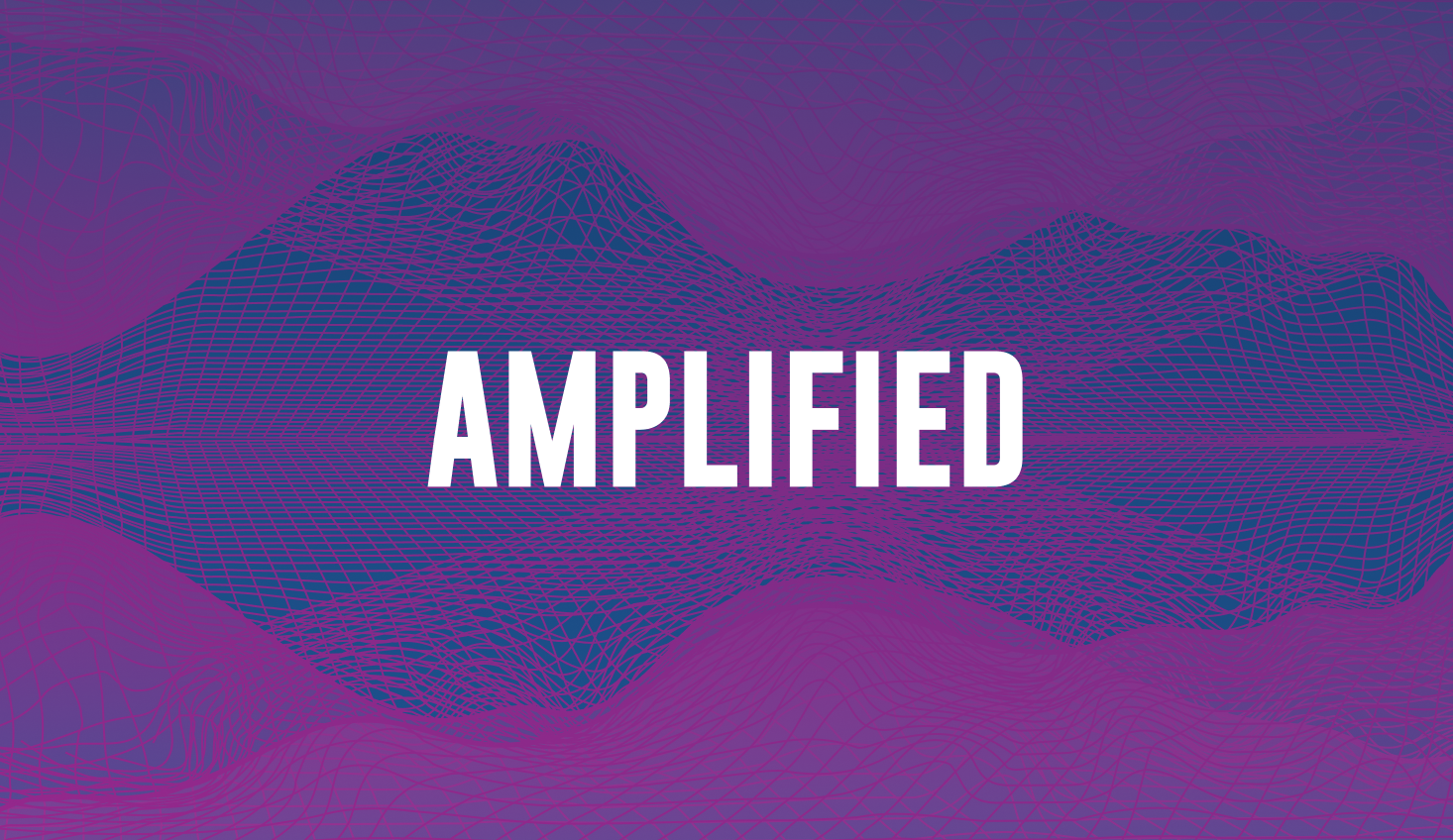
Amplified reality
If AR is about how the user perceives reality (impression), then amplified reality is based on how the perceived reality is made available by altering the real-world objects.

mediated reality
This deliberately diminishes parts of reality to be replaced with virtual or digital elements.
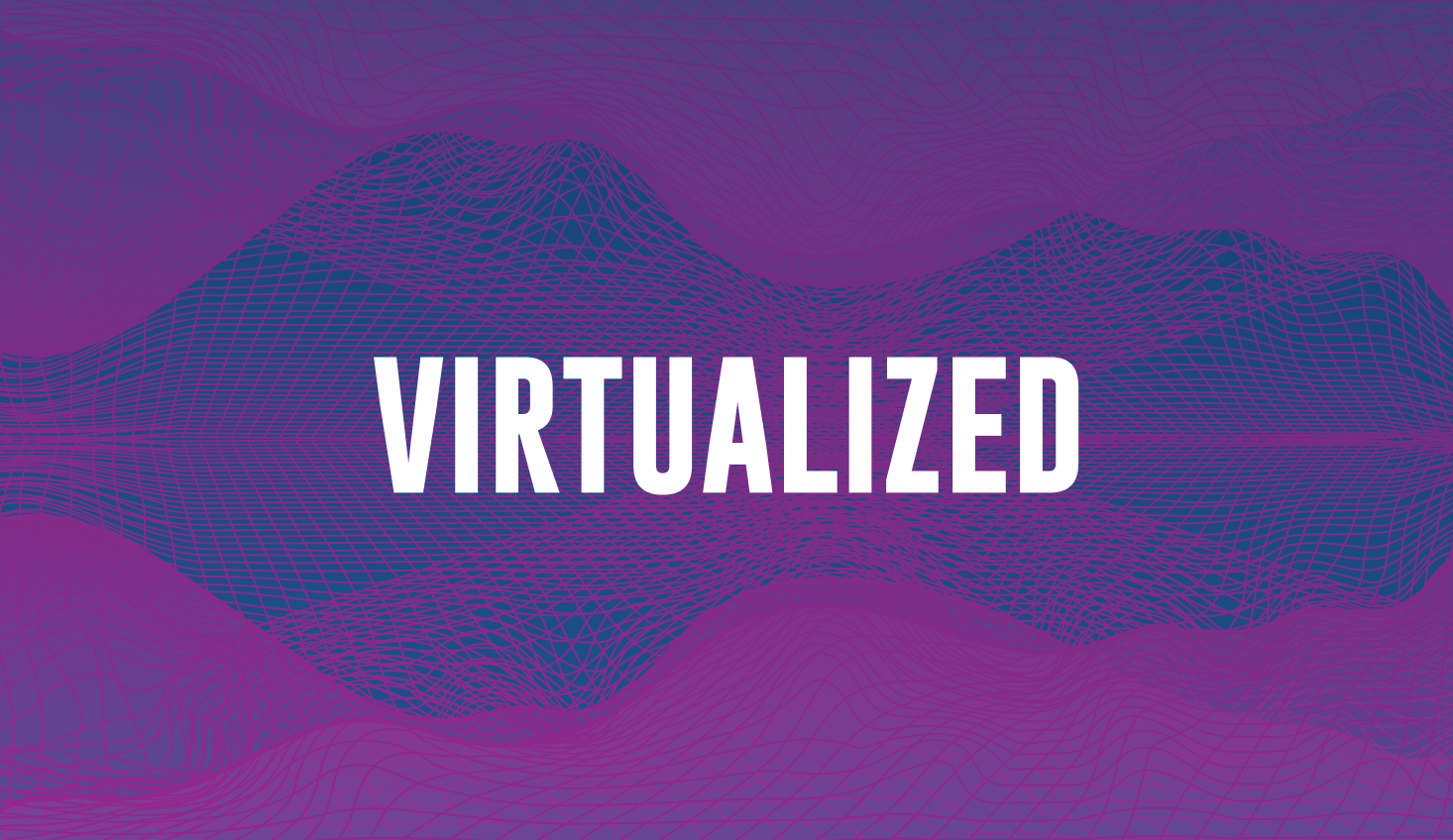
virtualized reality
Here real-world scenes are captured in order to be virtualized. Renderings can then be applied to view from different angles (3D models). Hawkeye in tennis.
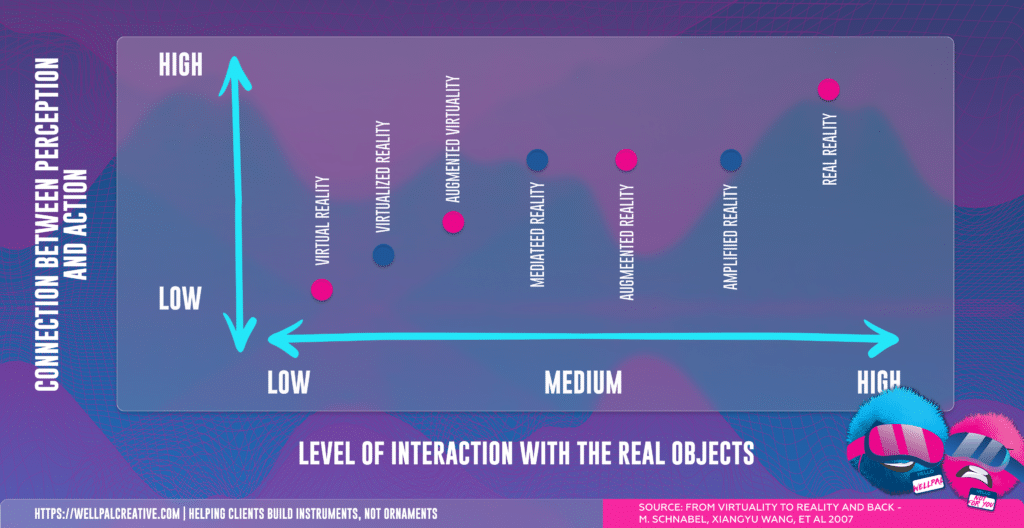
My 5 cents
Full disclosure I do think the future state is being built and there are some impressive concepts and ideas being tested, but that is it. We are in the ideology state.
So if you are a starting phase brand owner I would not just jump on this out of FOMO, you’re not too late as it’s still being built. Maybe play around with your JTBD framework and see how you can anticipate future solutions for your industry if you want to stay ahead of the curve.
As an entrepreneur, depending on your area of interest, now could be the time to start exploring and iterating, and compounding your own “idea lego’s”
The metaverse we are talking about now in a commercial sense (think Facebook meta) is just a fragment state and scratching the surface of what the technology from the different realities discussed can mount to.
People’s reality or sense thereof is shaped by technological advances (we can discuss a chicken-egg situation all day long). This affects the way we think and perceive what is normal and not.
We went from using just the brand computing power to imagine things, to a DOS-based system (/c) in which we still needed to program to some extent our own versions of “reality” and perception as users.
Then we shifted to a more UI-based system in which the average user didn’t even need to interact with the actual programming of things (press button).
“Metaverse” (for a lack of a better word) is slowly shaping into the next phase in which brain commuting (thoughts etc) are seamlessly integrated into distorting or manipulating reality and virtuality.
In my opinion, we are still 8+ years away (if not more) from the utopian commercialized ideology some people are trying to make this out to be. In the coming years with advances in Blockchain, technology, as well as VR and AR, we are still going through the right side of the curve for most of the mass adoption. The onboarding to the left side of the graph is still some time away from its full adoption. This doesn’t mean brands and companies won’t be playing around it’s just not going to be mass adopted yet.
That adoption will come when the transition between the 2 end-points is so seamless that it is our new normal. We don’t even refer to it by its technological name anymore. Our new reality and not just some “marketing escapism gimmick”.
If we’re just augmenting stuff or creating VE’s with single-person interactions (max 4-5 people) in a pre-set context (environment), and everyone waiting their turn to interact, are we really hyping something new or just simulating?
How I can help you further.
You can have a look at my process for brand strategy building and book a free 20-min consult (limited slots every month) or register (free) to get access to more detailed content on similar subjects or upgrade (paid) to get access to future workshops or courses on these topics and how to build these tools for your own brand.
If you are already a bit more serious and further along the process of building your business or brand, and would like a 3rd party input on structuring your framework or building your brand, you can consult me or get in touch for a project specific offer.

